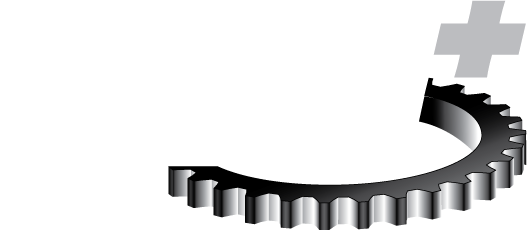
Gear Failure Analysis
This course provides a thorough understanding of the root causes of gear failure. We will use lessons learned from the application of load to a gear, stresses within the gear, and failure of components supporting the gear–like bearings and the lubricant, etc. Investigating a gear failure should be planned carefully to preserve all the information possible. We will discuss how best to preserve and catalog the evidence and then how to use what was gained in the evaluation of the failure. We will also develop techniques to be used to gather as much background information as possible, including manufacturer specifications, service history, load data, and lubricant analyses, etc. Finally, with all the evidence collected, cataloged, categorized and summarized, we will review the techniques KBE+ personnel have developed over the years to let the failure tell us what happened.
Learning Objectives
By completing this course, you will be able to identify, recognize or articulate:
- All the possible failure modes and to rank them according to likelihood
- The root causes of failure
- Proper nomenclature to explain the morphology of gear failure
- Methods and best practices to avoid similar failures in the future
- Corrective action plans to get the failed gear system back in operation
- Some of the new and automated gear design systems
Who Should Attend
The intended audience for this course is gear engineers of any type, but specifically;
- Gear engineers
- Gear system users
- Maintenance technicians
- Lubricant and lubrication engineers and chemists
Prerequisites
Because this course is targeted at a number of design and engineering disciplines, learners should have a B.S. in engineering or related field and preferably a minimum of two years design experience in gear engineering.
Topics
- Field failure data collection and summary development
- Inspection preparation
- Visual examination techniques
- Data and document collection and organization
- Failure modes and determination of failure types
- Rank ordering of deduced failure type
- Development of corrective action plan
- Assessment of the need to redesign based on collected evidence
